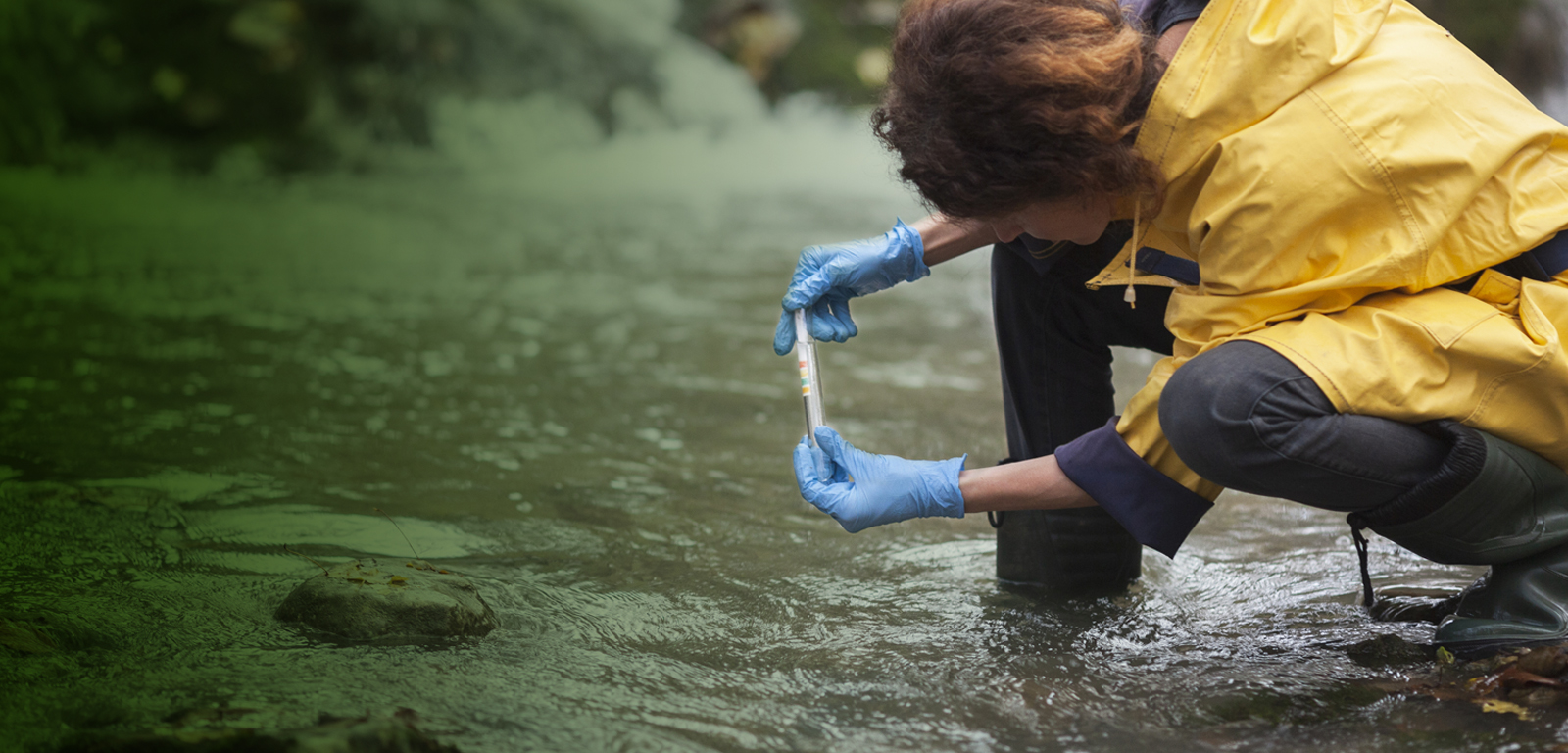Subject
Physiological energetics of marine organisms
General details of the subject
- Mode
- Face-to-face degree course
- Language
- English
Description and contextualization of the subject
Physiological basis of energetic exchanges between marine animals and environment are analysed.Aims
To present the tools that Physiological Energetics provides to understand the basis of energy exchanges and constrains to attain high rates of growth.
To present the tools that Physiological Energetics provides to evaluate sublethal effects of pollutants on individual growth and reproductive potential.
Teaching staff
| Name | Institution | Category | Doctor | Teaching profile | Area | |
|---|---|---|---|---|---|---|
| IBARROLA BELLIDO, IRRINTZI | University of the Basque Country | Profesorado Titular De Universidad | Doctor | Bilingual | Physiology | irrintzi.ibarrola@ehu.eus |
| NAVARRO ADORNO, ENRIQUE | University of the Basque Country | Profesorado Emerito Universidad | Doctor | Not bilingual | Physiology | enrique.navarro@ehu.eus |
| URRUTIA BARANDIKA, MIREN BEGOÑE | University of the Basque Country | Profesorado Titular De Universidad | Doctor | Bilingual | Physiology | mirenbego.urrutia@ehu.eus |
Competencies
| Name | Weight |
|---|---|
| Que el estudiante sea capaz de manejar la información derivada del potencial de crecimiento (SFG) para entender el crecimiento real y los factores que pueden afectar de forma potencial a la velocidad de crecimiento. | 30.0 % |
| Que el estudiante desarrolle lla capacidad de análisis crítico de datos bibliográficos sobre el potencial de crecimiento. | 20.0 % |
| Que el estudiante desarrolle la capacidad escrita para expresar resultados experimentales obtenidos en el laboratorio. | 30.0 % |
| Que el estudiante sea capaz de diseñar experimentos sencillos para medir el potencial de crecimiento de los animales marinos. | 20.0 % |
Study types
| Type | Face-to-face hours | Non face-to-face hours | Total hours |
|---|---|---|---|
| Lecture-based | 20 | 30 | 50 |
| Seminar | 6 | 9 | 15 |
| Applied laboratory-based groups | 10 | 15 | 25 |
| Workshop | 4 | 6 | 10 |
Training activities
| Name | Hours | Percentage of classroom teaching |
|---|---|---|
| Computer work practice, laboratory, site visits, field trips, external visits | 20.0 | 33 % |
| Groupwork | 9.0 | 100 % |
| Lectures | 55.0 | 27 % |
| Seminars | 16.0 | 62 % |
Assessment systems
| Name | Minimum weighting | Maximum weighting |
|---|---|---|
| Essay, Individual work and/or group work | 20.0 % | 40.0 % |
| Presentation and public defence of the dissertation | 10.0 % | 30.0 % |
| Written examination | 40.0 % | 60.0 % |
Learning outcomes of the subject
At the end of the Unit, you should be able to:1. perform critical Analysis of literature data on Scope For Growth.
2. express (write and analyse) experimental results obtained in the laboratory.
3. design simple experiments to measure the scope for growth in marine animals.
Temary
The course is organized in two sections:A) Discussion of general principles of physiological energetics (2,5 ECTS) and
B) two independent and complementary modules (1 ECTS each) developing concepts and methods in the frame of production and toxic effects of pollutant agents.
Lectures and laboratory experiments deal with the physiological parameters of the energy balance, such as rates of food ingestion and absorption, absorption efficiency, metabolic rate, excretion rate and the resulting scope for growth.
Modules on production and pollution follow the pattern of a case study where experimental results are thoroughly discussed.
Bibliography
Basic bibliography
Galloway, T.S., Sanger, R.C., Smith, K.L., Fillmann, G., Readman, J.W., Ford, T.E., Depledge, M.H. Rapid assessment of marine pollution using multiple biomarkers and chemical immunoassays ,(2002) Environmental Science and Technology, 36 10, 2219-2226.Widdows, J., Donkin, P., Staff, F.J., Matthiessen, P., Law, R.J., Allen, Y.T., Thain, J.E., (...), Jones, B.R. Measurement of stress effects (scope for growth) and contaminant levels in mussels (Mytilus edulis) collected from the Irish Sea ,(2002) Marine Environmental Research, 53 4, 327-356.
Webb, N.A., Shaw, J.R., Morgan, J., Hogstrand, C., Wood, C.M. Acute and chronic physiological effects of silver exposure in three marine teleosts ,(2001) Aquatic Toxicology, 54 3-4, 161-178.
Niemi, Gerald J., Bradbury, Steven P., McKim, James M. Use of fish physiology literature for predicting fish acute toxicity syndromes ,(1991) ASTM Special Technical Publication, 1124, 245-260.
Willmer P, Johnston I, (2000) Environmental Physiology of Animals. Blackwell Publishing.


